The historical centers of production of samovars
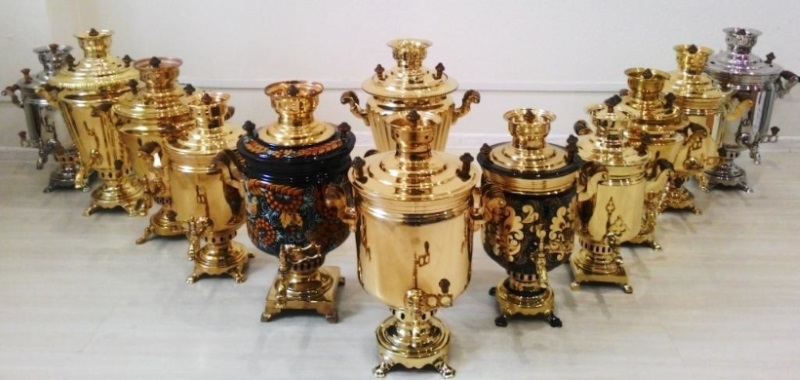
A samovar warms not only water, but also the soul of a Russian person. Ask any foreigner what kind of culture artifacts they associate Russia with, and you will be answered: samovar and matryoshka. But the design that glorified our country was not invented by us.
Antique authepsa
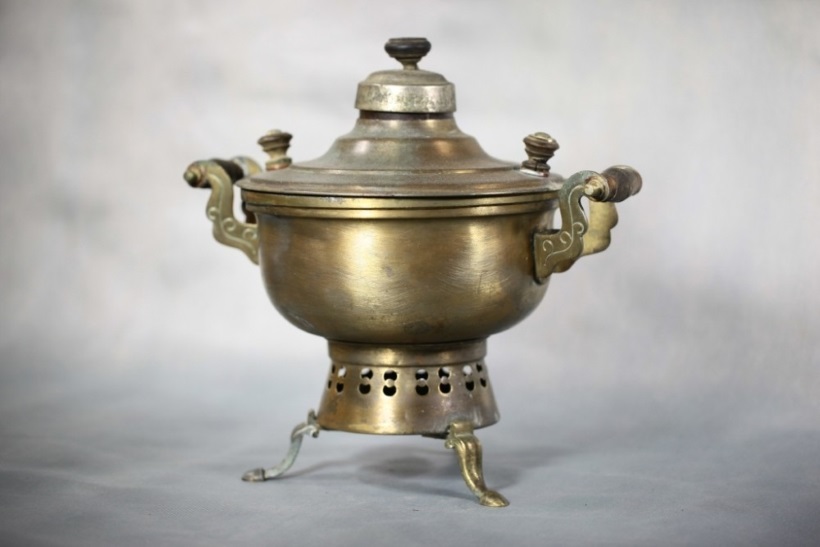
Have you heard the saying “All roads lead to Rome”? The origins of the samovar craft stem from there. Ancient Roman avtepsa (autodepsa) came into use by citizens at the dawn of a new era, in its first years, in the era of principality.
There was no shortage of water in Rome, so there were enough devices for boiling it. True, it was heated not for tea, but for the similarity of mulled wine - to dilute thick wine. Why, of all the units, did the samovar's ancestors get accustomed? He was simple and versatile. It had two compartments: for coal and boiling water. In summer, instead of fuel, ice was laid here and drinks were cooled. And setting a copper tripod over the "container" with fire, the cooks cooked and warmed their food. Why not a slow cooker?
Chinese hogo
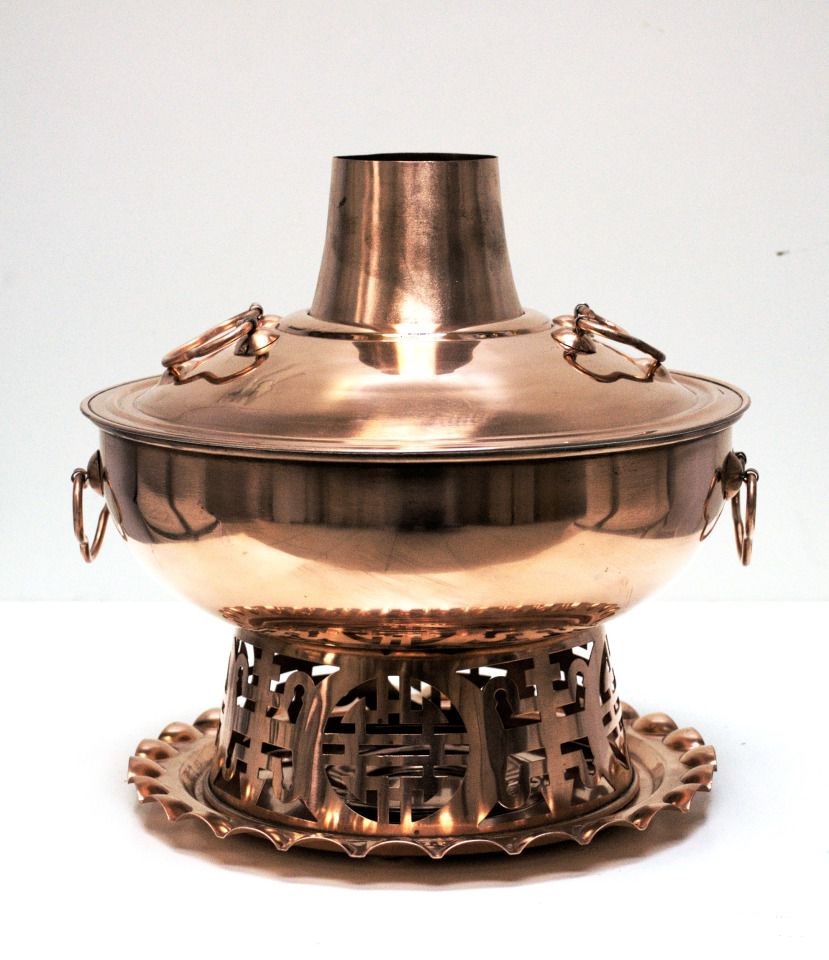
Eastern civilization did not lag behind the Romans. During the Three Kingdoms period, 1700 years ago, Szechwan, Anhui, Beijing, Cantonese and Chongqing masters began to melt from copper and cast from boiling porcelain - fire boilers.
These were open vats with handles, without a lid, with a pipe passing through the center of the bowl, and a lower coal compartment. There was no tap - boiling water was drained straight out of the scoop. Here they cooked food. Interestingly, in some models the vat was divided into two parts: in one they cooked the first dishes, in the other - the second ones. Or two types of soup (spicy and ordinary). This design was called "a pair of mandarin ducks".
Often dinner was cooked right at the time of reception of guests - ho-go was placed in the center of the table. During the feasts, the Chinese emperors carried out up to 1.5 thousand "samovars" for those invited. They served thinly sliced meat, fish, and vegetables. The guests dipped them in boiling water for a couple of minutes and immediately ate.
Iranian samovars
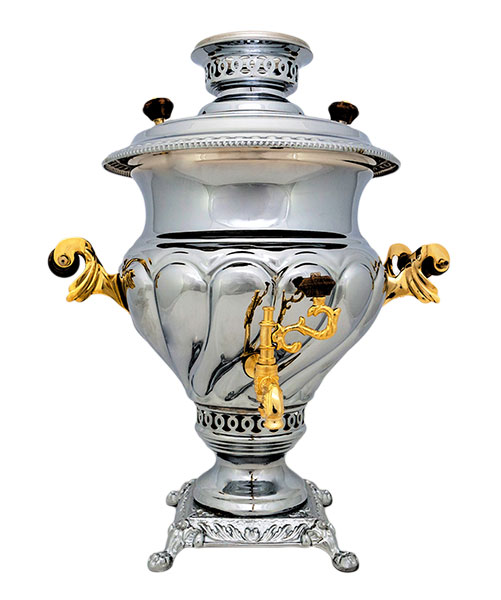
As in Russia, Tula became the mother of domestic samovars, so in Persia, the center of handicraft was Borujerd, a town in the province of Lurestan. Here, water fryers were seen not only in the utilitarian role - they were made works of art. Instead of copper, they took European silver, decorated it with painting, enamel, glaze, and minted complex patterns. As a gift to noble persons, they decorated it with gold, gave it intricate shapes, and encrusted it with precious stones. By the way, Iranian samovar (as they were called), worked on oil, which was a lot in this region.
Tula water heaters
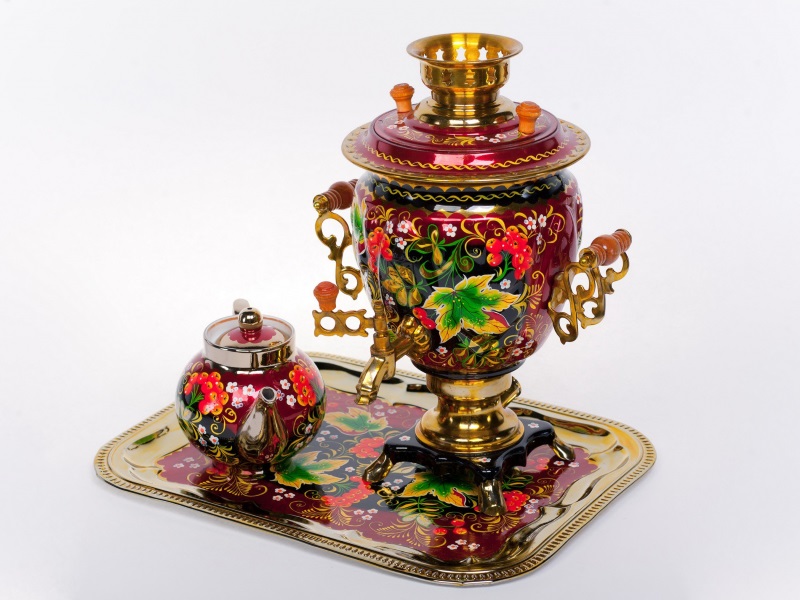
Where Russian self-heating first appeared - in Tula or in the Urals - history is silent. It is believed that the first evidence of their appearance in Yekaterinburg refers to 1740, and in Tula to 1746.
It seems that it does not matter much for the reason that here and there the samovar production was launched at the suggestion of the Tula industrialist Demidov. The one whom the sovereign sent to the Urals, where copper was mined in abundance, so that he would raise copper production. He also trained masters returned to their hometown, and in 1778, the first samovar production was opened on Shtykova Street.
From here it quickly spread to neighboring provinces, and 70 years later, 28 large workshops operated in the country. And by 1904 there were 50 such places in one Suksun (at the place of production of the first samovar)!
Modern centers of samovar production
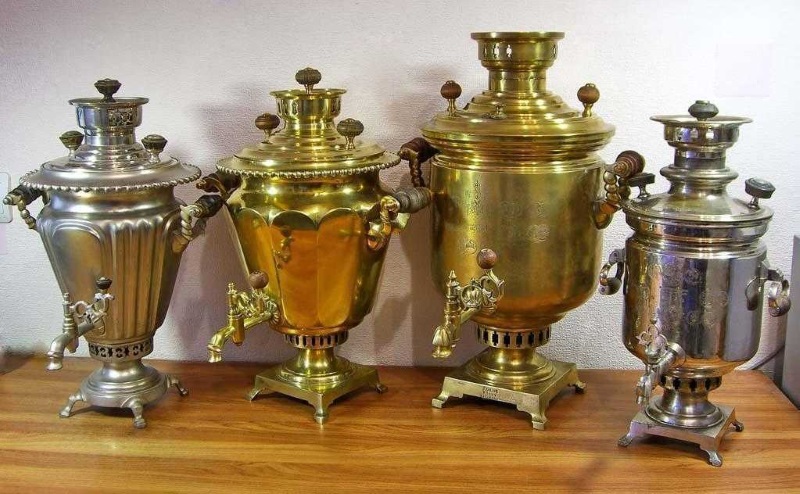
Before the revolution, Tula engineers constantly improved the mechanism of water heaters. Famous dynasty Batashovs, Shemarins, Teile, Parichko, Chernikovs, Lomovs. The latter even earned the right to coin the royal coat of arms on the big-bellied sides of their products.
After 1917, the samovar production was closed, the industry did not develop at all for 5 years. Then the factory was launched in Kolchugino. The date of the revival of the Tula traditions of the samovar craft was 1937, when the current “Stamp” appeared on the basis of the cartridge factory. After the Second World War, he was the only one in the country who continued to produce samovars, including new ones - electric ones.
In the post-perestroika years, production has been idle, and since 2005, one of the workshops has once again established the production of the famous “Tula water heaters”.
***
And this is wonderful, because a samovar is not just an object of antiquity, it is a living part of our life. Perhaps a little later, after the departure of those who witnessed the time when tea was taken to warm in samovars, it would turn into a kind of historical artifact. But for now, this image is covered with memories of our own family history, which is inextricably linked with this subject. Many of us continue to preserve the traditions of the past and tea for a real Tula samovar.
